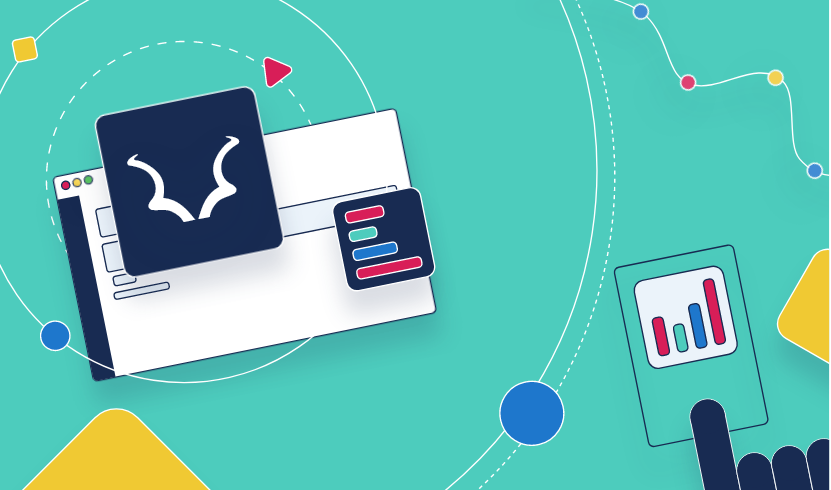How to Build a Persona-Based PLG Experience

According to OpenView, nearly 60% of organizations with a free product admit there is at least some complexity/friction to start using the product.
Marketing teams spend lots of time generating product sign-ups and little time personalizing the onboarding experience. Marketing rarely has access to product activity data, making it challenging to achieve personalization. And, the shared ownership of PLG metrics often causes confusion between product and marketing teams. However, with marketing teams up against serious revenue targets, it’s time to prioritize increasing conversions.
We worked with ProductLed and tons of marketing team at PLG companies to develop a framework to help you increase conversions by providing a highly personalized experience.
1. Understand the differences between users and buyers
Users are focused on product functionality, while buyers are focused on business value and cost. Users should be encouraged to explore and activate product features, while buyers should be encouraged to invite other team members (users) to the product. Users are typically managers, analysts, or designers and are more likely to activate (get first value from the product). Buyers like CMOs and CEOs are more likely to convert (buy the product). Understanding these differences is foundational to building a relevant onboarding experience.
.png)
2. How do you determine who is a user and who is a buyer?
Understanding the difference between users and buyers is great, but how do you identify who falls in each category? Use a crawl, walk, run approach. Start simple, personalize the experience, understand results, and iterate.
Crawl
If you’re not doing it already, the simplest way to start is to ask for people’s job titles when they sign up for your product. While it may seem like this adds friction, it is worth it if it enables you to create a better experience overall. Users typically have roles like managers, analysts, and designers. Buyers are mainly C-suite executives or upper-level management.
Walk
The problem with asking people for their job title is that you often get lots of inaccurate information that is difficult to parse through. More sophisticated teams use enrichment services like Clearbit and marketing intelligence tools like MadKudu to better understand users’ and buyers’ complete profiles. It enables you to reduce the number of fields required in your forms, making the sign-up experience even easier. If there is no enrichment or intelligence available for a user (e.g., a gmail.com email), you can dynamically update the form to ask for their role.
Run
Do a statistical analysis per role to understand how different personas are more likely to activate versus more likely to convert. You will be surprised. Concretely: for each role, and potentially by market segment, analyze product signups’ cohorts to determine the activation rate versus the conversion rate. Then plot the results on a 2 by 2 chart. You’ll see from your data how various roles correlate to being users versus buyers. 80% of what you see will match what you expected. But most likely, 20% won’t. For example, you might have assumed that CTOs in large organizations don’t activate and simply act as buyers. But the data might show you they actually behave like users (this is a real-life example), and they need a full onboarding experience. Use MadKudu or your own data analysis tools to do this.
3. What actions do you want to encourage each group to take?
Now that you understand users and buyers and can identify them, it’s time to personalize their onboarding experience.
Users
You want to reduce friction for users. It needs to be as easy as possible to realize the initial value. One way to quickly drive that initial value is by showing examples or templates of what others have done with the product. It’s also important to consider that the deeper the account penetration, the more likely an account will convert. It is essential to encourage users to invite more people who can also get value. Once they’ve realized value from the product, getting them to invite a buyer and incite them to swipe their credit card is the next step.
Buyers
You should first drive buyers to join a product overview call. Don’t focus on features, but instead get them to understand the benefit to their business. It is also important to encourage them to invite team members to deepen the account penetration. You also want to convince your buyers why they should purchase the premium tier. Show them the benefits and value of paying for your product.

